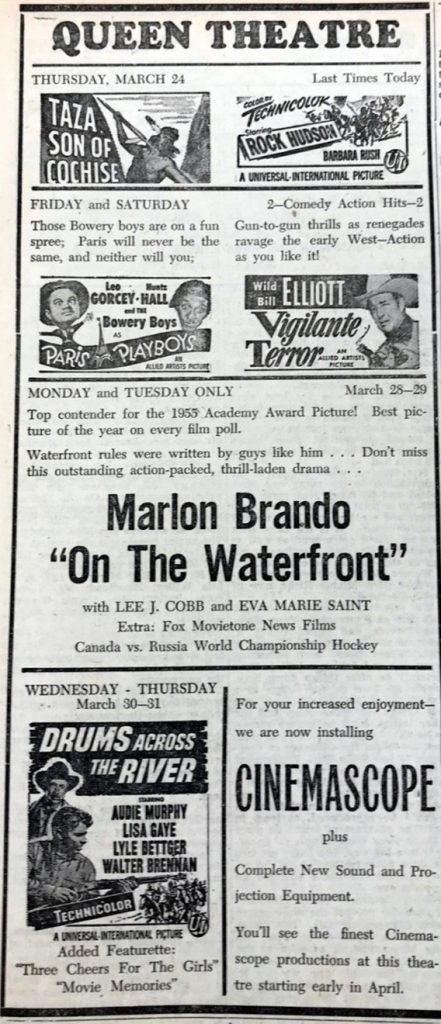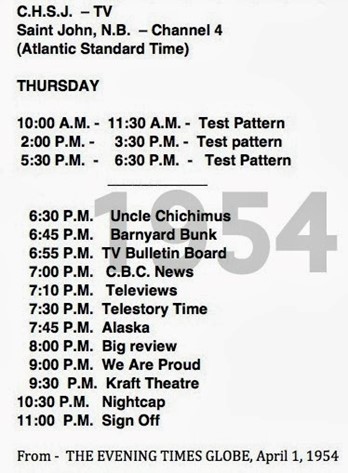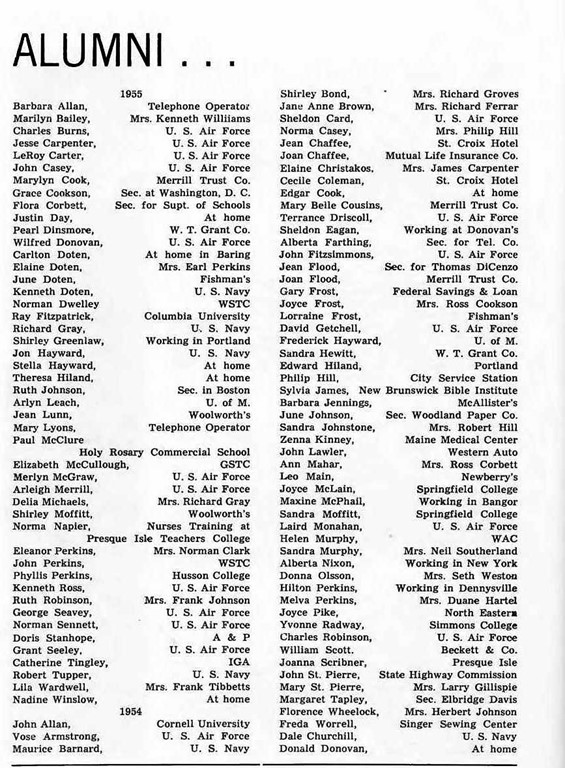In 1955 the world was fairly calm compared to the early part of the decade which saw the Korean War and the “red menace” generally threaten democracies around the world. To be sure the democracies and communism were still at loggerheads, but armed conflict would have to wait until 1956 with the Soviet invasion of Hungary and the Suez Crisis.
A couple of international sporting incidents did catch our eye.

On June 11, 1955 during the Le Mans motor race in France a Jaguar D Type driven by John “Mike” Hawthorn cut across the path of Lance Macklin’s Austin Healy 100s causing Macklin to swerve into the path of a Mercedes Benz 300SLR driven by Pierre Levegh—which then struck the back of the Austin Healy and was launched into the stands. Levegh fell onto the track and died, as did 83 spectators. One hundred eighty others were injured, many seriously, but the race went on once the track was cleared and, in what seems a cruel twist of fate, was won by Mike Hawthorn.

One of [the] wildest brawls in many years [is] in full tilt as Rocket Richard (arrow, left) is restrained by linesman Cliff Thomson (18), and Hal Laycoe of Bruins (arrow, right) is held back by mates. Fists flew as well as slashing hockey sticks and later the berserk Richard turned on linesman Thomson and slugged him, too. The fury ran unrestricted for five minutes as a Boston Garden crowd exceeding 12,000 were thunderstruck. Incidentally, the Bruins won, 4-2.
In Montreal we were treated to the spectacle of the normally staid and civilized Canadians rioting over the one thing about which they are most passionate—hockey. The “Richard Riot” had its genesis in Boston on March 13, 1955 when Montreal Canadiens star and sometimes madman Maurice “Rocket” Richard was high-sticked by a Bruins player, who dropped his gloves as Rocket approached expecting to resolve their difference with fists. Instead Rocket attacked the player, one Hal Laycoe, with his stick, breaking it over Laycoe’s head and shoulders before the linesman could restrain him. Rocket then turned on the linesman and pummeled him until he lay on the ice unconscious. When the Boston Police tried to arrest Rocket, Canadiens players barred the door of the locker room, and Rocket managed to escape to Montreal but not punishment—he was suspended for the remainder of the season by hockey Commissioner Clarence Campbell. Montreal fans were outraged. On March 17th the Commissioner made the mistake of attending Montreal’s first game after the suspension. When fans heard he was in the house they rioted at the Montreal Forum causing extensive damage to the building and spilling into the streets around the arena. Thirty-seven were injured and 100 were arrested.

In other world news Fidel Castro, who looks more like an accountant than a revolutionary in this 1955 photo taken in Miami, began organizing his forces for the overthrow of the Batista regime in Cuba. Winston Churchill ended his political career after being replaced by Anthony Eden as Prime Minister; and Chinese Premier Zhou En Lai escaped assassination when he was overcome with an attack of appendicitis just before boarding an Air India flight in Bombay. A Nationalist Chinese agent had placed a bomb on the plane which crashed with few survivors.
By contrast to the rest of the world, it is fair to say 1955 was a rather momentous year in the United States.

Thus began the Montgomery Bus Boycott and what we know today as the Civil Rights movement. The movement was too late to save a young boy named Emmett Till who was lynched in Alabama in 1955 for allegedly offending a white woman in a grocery store, but it was advanced by the 1955 Supreme Court decision which required that its 1954 decision in Brown v. Board of Education be carried out “with all deliberate speed.” States in the South had decided to simply ignore the 1954 decision because it gave no timeline for compliance.

McDonald’s first franchise opened in Des Plaines Illinois in 1955.

“On the Waterfront” won the Academy Award for best picture and Elvis made his first appearance on a television show called “Louisiana Hayride.” Somehow an RCA exec got wind of the performance and signed Elvis to a contract for $35,000. Cultural icon James Dean was killed in a car crash, and a number of memorable TV shows had their debuts including Johnny Carson, Lawrence Welk, and the Mickey Mouse Club. Tennessee Williams won the Pulitzer for “Cat on a Hot Tin Roof,” and Allen Ginsburg won a lot of free publicity when Customs seized copies of his poem “Howl,” judging it obscene. The poem became an immediate sensation. The top record of the year was “Rock Around the Clock” by Bill Haley and the Comets. Barbara Streisand recorded her first record—she was 13.

In Calais the excitement was all about the new sensation called television. The Bangor and Canadian stations were finally generating enough power to reach the St Croix Valley, and local radio men were changing their business plans according. If you look carefully at the photo above you can see the very high television antennas on the buildings on Main Street. Being in the valley well below the Maguerrewock Ridge required a very, very high antenna. Even in higher parts of town reception was often sporadic and your favorite show could end in crackling sound and a distorted or snowy picture—or even a test pattern. The programming wasn’t quite what is today either.

Gordon Lord tells us more about local TV dealers in Calais:
In 1955, two years after television reception became available, this area of Down East Maine became saturated with TV dealers. Radio dealer and serviceman, Seth Clark, was located on South Street in Milltown. He primarily sold “Sylvania” TVs, however he also sold “CBS Columbia” as well as others. He was among the larger- volume dealers. In those days antennas had to be installed and most TV dealers did that. John Reynolds, a long time Elm Street radio dealer and serviceman, was selling “Motorola” TV sets. Radio repairman Dan Dineen located on the corner of Church Street and Academy Street was a “Stromberg Carlson” TV dealer. This was a quality television set. His widow, Marjorie, and many other family members still live in Calais. Mr. Dineen had a very tall antenna on his two story home and shop. It was a minimum of 30 feet above the roof and possibly as high as 40 or 50 feet. Other TV dealers in 1955 were Bert Cloney who had an automobile service garage on North Street (I believe his location was at the present site of the post office North Street parking lot). He and his son were also volume dealers, well-financed and aggressive in this new market and selling the “General Electric” and “FADA” brands. They did very well. Cecil Miller sold primarily phonograph records and other music supplies from his St. Croix Music store. As a TV dealer he had the “RCA” franchise and was located where the Border Subs store is now, or next door. He sold mostly from a catalogue although he stocked one or two occasionally. Atwood Merrill’s Western Auto, located next to the theatre, sold “Zenith” and the private label line of Western Auto’s “Truetone.” Another private label TV brand “Silvertone” made by Warwick Manufacturing Co. was sold by Sears Roebuck. Home Radio and Furniture, a Bangor-based company located in one half of the former Johnson‘s True Value Hardware, sold “Philco” and “RCA” among others. As a chain, they could pick and choose the brands they wished to sell. Ronald Dunn, an electrician, sold a good number of the “Westinghouse” brand from 49 Germain Street (I believe). He was a servicing dealer who also installed antennas.

The Calais High Class of 1955 was a large class. According to the Class of 1956 Alumni section twenty two of the boys went in to Air Force or the Navy, none joined the Army. Helen Murphy Brooks from Robbinston became a WAC. Several went to work on Main Street in the stores or banks.

Perhaps the most important event in Calais in 1955 was the completion of the Calais Hospital on Franklin. It served the community well for many decades and remains in use today.

The approach to the bridge was busy area in 1955 with Andrews Tobacco, Deringer Brokers, Border Motors, the Murchie Building, Ayers Gulf, and Customs. All of these buildings are now gone except Customs.

Finally, if the reception on your new Philco was lousy there was always girls’ wrestling at the VFW Hall on Lowell Street. The showdown on September 9, 1955 was a “Worlds Championship Match” right here on Lowell Street in Calais, Maine. Paying the extra quarter to reserve a seat would certainly have been wise.
